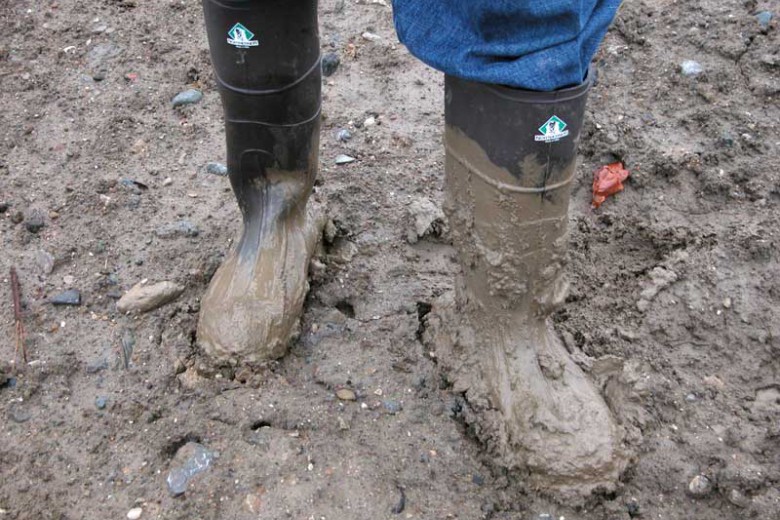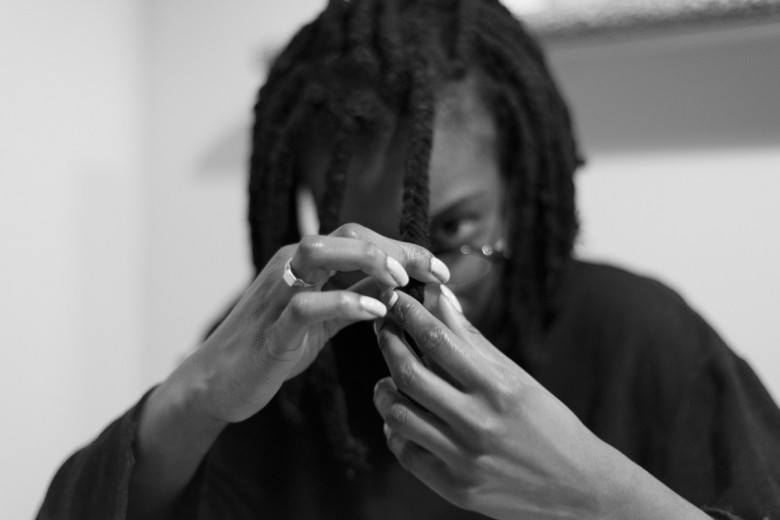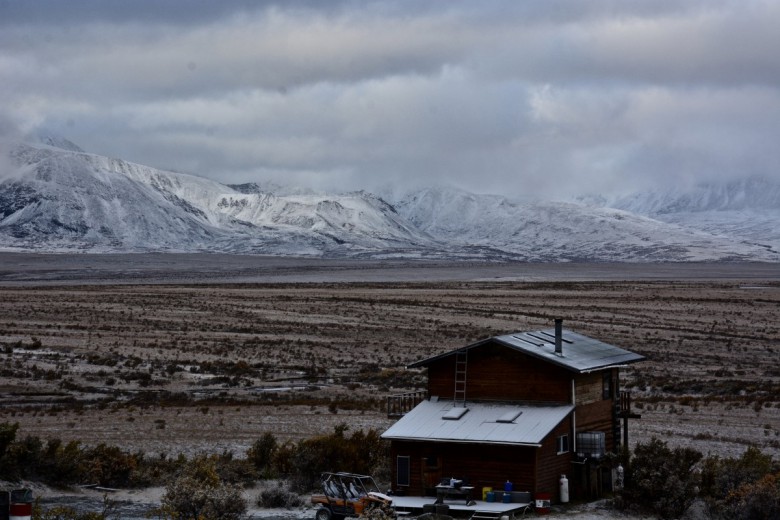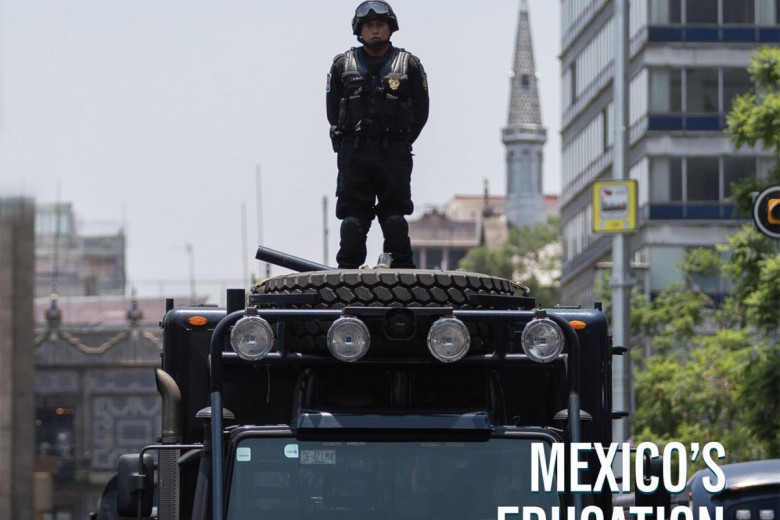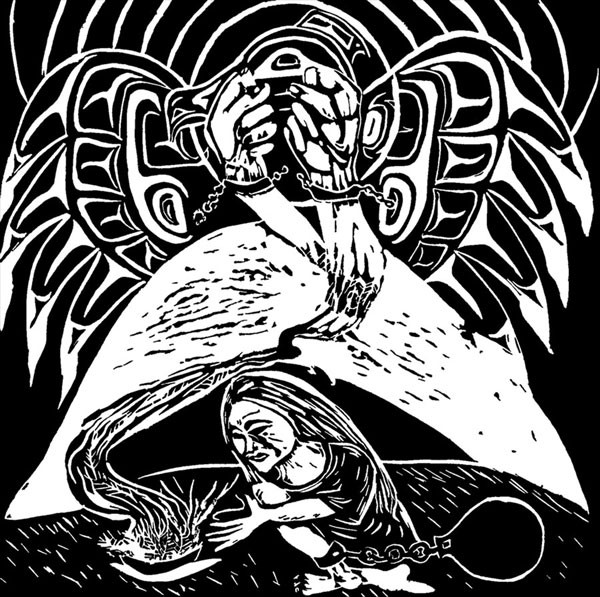
Gillian Balfour is the author of two important books addressing racism and incarceration in Canada, including Criminalizing Women: Gender and (In)Justice in Neoliberal Times, which she co-edited with Dr. Elizabeth Comack. She is an associate professor in sociology at Trent University in Peterborough, Ontario, specializing in areas of violence against women and the incarceration of Indigenous women in Canada.
Indigenous women are vastly overrepresented in the prison system in Canada, particularly in the prairie provinces. Could you discuss the reasons behind this?
It is absolutely critical to connect the over-incarceration of Indigenous women back to the issue of missing and murdered women in Canada. Incarceration is a form of state violence against Indigenous women that needs to be placed on a continuum along with the high rates of interpersonal violence against women, and the horrific violence against Indigenous women who have gone missing or been murdered.
Numerous feminist historians and legal scholars have pointed to how criminalization has become the new manifestation of colonialism, and specifically, how the correctional system has become the new residential school system — particularly for Indigenous women.
If we’re looking at the prairie provinces, anywhere between 70 and 80 per cent of the female prison population is Indigenous. It’s a gross overrepresentation, from about 10 per cent of the general population.
We are asking questions as to why legal reforms, especially in the area of sentencing, have failed Indigenous women so desperately. For example, the Criminal Code of Canada allows for special consideration of Indigenous experiences of colonialism such as cultural dislocation, family breakdown, residential schools and substance abuse. But Indigenous women have not benefited from these sentencing provisions. Most Indigenous women are criminalized and punished for serious personal injury offenses resulting from conditions of endangerment in their own communities.
However, the courts have continued to evoke squaw narratives of Indigenous women as bloodthirsty and licentious rather than as women existing in communities ravaged by colonialism.
Some of the research I’ve been doing myself has shown that while all Indigenous peoples are overrepresented in the prison population, more Indigenous men have benefited from sentencing provisions for conditional sentences (prison terms to be served in the community), and special consideration for their experiences of residential schools or childhood abuse, than have Indigenous women. In Canada, rates of imprisonment for Indigenous women have been increasing faster than those for Indigenous men.
Some of the work that I’ve tried to focus on is what I call conditions of endangerment in Indigenous communities, which have a particular gendered experience in terms of lack of affordable and safe housing, the configuration of power on reserves and within band councils, and the limited success of so-called mandatory charging in cases of domestic violence. In all of these areas of social policy and law reform, Indigenous women have fallen between the cracks.
Some people argue that prisons have replaced slavery as a means of confining the African-American population in the United States. These are different historical legacies, but there are also parallels. Could you speak to the connection between Canada’s legacy of residential schools, its continuing theft of Indigenous territory, and the incarceration of Indigenous women?
I think the parallels with the African-American experience are significant, but they are deeply fragmented and complex ones to make. As you point out correctly, the different faces of colonialism need to be taken into account.
One of the struggles that Indigenous women face, especially in the area of ongoing treaty land claims, is their displacement and dislocation in negotiations with the state. This is itself a byproduct of the Indian Act. The whole framing of land as Mother Earth, and the traditional placement of Indigenous women within the power structure of Indigenous culture, has been completely removed from any kind of negotiating process.
Andrea Smith, in the United States, takes this argument even further, and rightly so. She points to how sexual violence has been a much-needed weapon of colonization. Sexual violence and the victimization of Indigenous women is a piece of the colonialist project. If you have women who are battered and broken, you are taking away their capacity to be true political actors.
Can you talk about the conditions that women are facing inside prisons?
I’ve been looking at prison reforms in Canada since about 1998, when the Prison for Women in Kingston was closed as a result of feminist research that was done into the conditions of confinement. This research revealed that victimization rates were upwards of 70 per cent, depending on whether you were an Indigenous or non-Indigenous woman. The closure of the federal Prison for Women put in place a process of building five new regional facilities, one of which was to be a healing lodge for Indigenous women, the first of its kind in Canada for federally sentenced women.This was a place that was to be tied to traditional Indigenous process, identity and culture. Instead, the state has again colonized the correctional process in its own vision, and has revised the entire approach to the imprisonment of Indigenous women such that those who have the greatest need for traditional healing do not have access to that facility because they are considered too high-need and too high-risk, and are classified as maximum security. So the irony is pretty clear: those who are most devastated by colonialism are those who are being denied access to their own culture. Conditions in each of the five facilities have become increasingly punitive, with higher uses of segregation and isolation practices than we see in men’s prisons, and higher rates of institutional charges against women. Women with profound mental health and cognitive needs are also being managed through increasingly punitive practices, as opposed to truly therapeutic practices.
Kim Pate, the director of the Canadian Association of Elizabeth Fry Societies, and the Native Women’s Association of Canada, have taken this to the UN, trying to draw attention to the human rights abuses that continue through correctional practices in the guise of institutional security.
Public Safety Minister Vic Toews recently announced a massive increase in spending for Canadian prisons, as well as changes in sentencing that will see a huge surge in prison populations. What does this mean for the incarceration of Indigenous women?
Any country with a colonial past will ultimately incarcerate its Indigenous populations at a higher rate. The more prisons you build, the more Indigenous bodies you’ll incarcerate. This is a complex practice of power that has long denied access to economic sustainability, to legitimate governance structures, and to sovereignty. There has been a very careful disempowerment of Indigenous people such that the criminal justice system ultimately becomes the legitimate authority by which to govern.To me, it’s inevitable that there will be more Indigenous women in prison, as we continue to deny them their rights and resources in their own communities.
I think that there is a real need for feminists and Indigenous women to work together. The alliance-building has to start in earnest, especially in the face of this prison industrial complex that is unfolding. We are too few to count alone, and it’s time for us to start working together.


